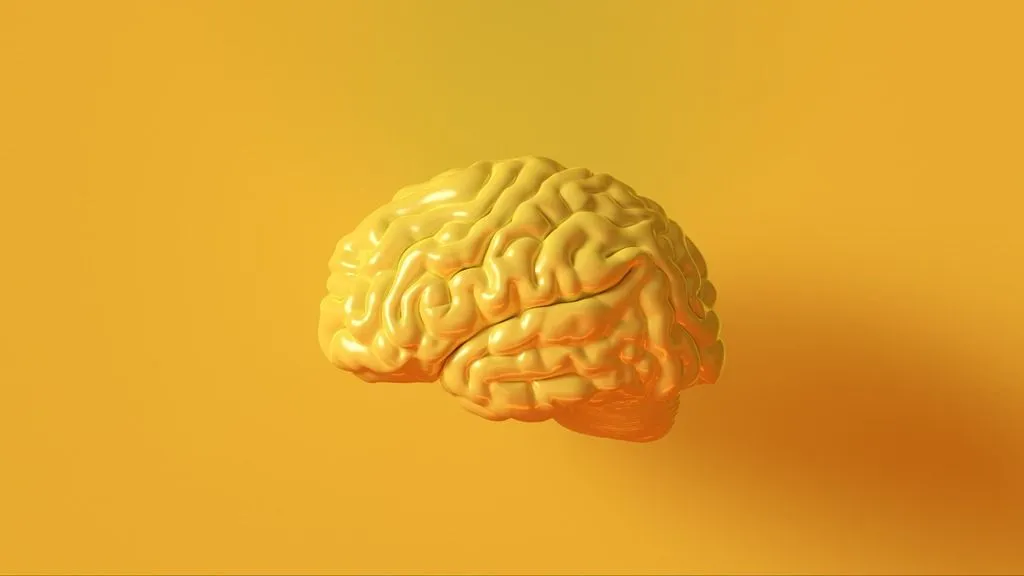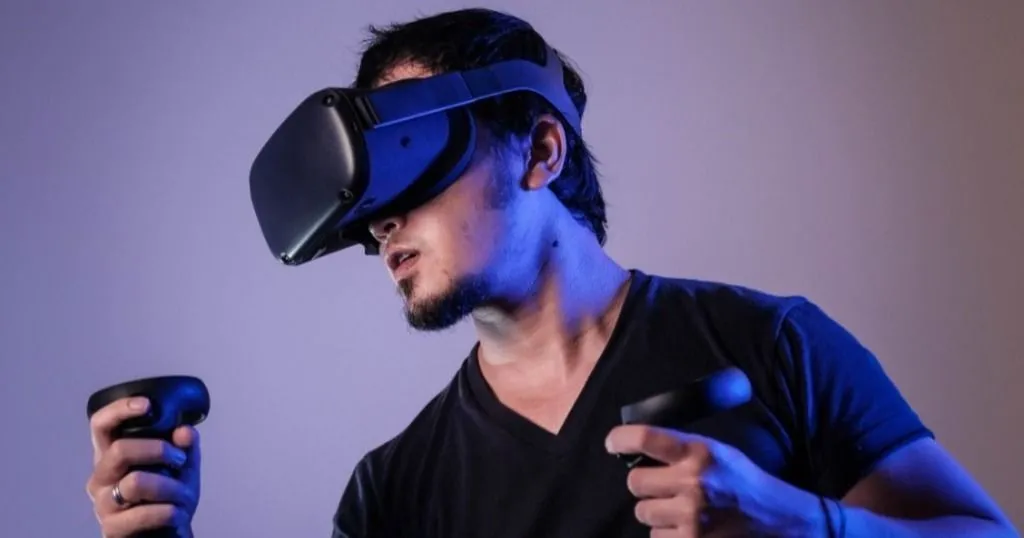The science behind your emotions
Have you ever wondered where your emotions come from? Let’s dive into the science behind our emotions and discover how our brain and body work together to make us feel.
Posted by
Published on
Tue 13 Feb. 2024
Topics

Have you ever wondered where your emotions come from? Of cried out that your emotions were all over the place? Why do you feel happy when you see a loved one, but sad when you hear about a tragedy? Would you be surprised to learn that there is a lot of science behind our emotions? Read on and discover how our brain and body work together to make us feel.
The brain's role in our emotions
Believe it or not, your emotions are believed to come from the brain. Yes, you read that right, the brain! The limbic system to be more precise, a complex network of structures deep within our cerebral cortex. This is the part of the brain responsible for our emotions, motivation, and behavior. It's the control center of our body and is responsible for processing and interpreting different emotional stimuli. The limbic system, a group of structures within the brain, is primarily responsible for our emotions, motivation, and behavior.
Meet the limbic system: your emotional HQ
So how does the limbic system actually work? Well, it's a complex network of structures, including the amygdala, hippocampus, and hypothalamus. These structures work together to regulate our emotional responses to different situations.
One of the key structures within the limbic system is the amygdala, which is responsible for processing emotions like fear, anxiety, anger and aggression. When we encounter a potentially threatening situation, the amygdala sends a signal to our hypothalamus, which triggers our fight or flight response.
The Incredible Hulk of Emotions: how your brain responds when you see a spider
How would that work? Picture this: you're sitting at your couch, having a casual dinner in front of the television, and out of the corner of your eye, you spot it - a spider. Cue the dramatic music! Your heart races, your palms get sweaty, and suddenly you're ready to take on this eight-legged foe.
Or, as I must admit I’ve done once: you panic. In a desperate attempt to get off the couch after spotting a spider crawling next to you, you jump up - sending your plate of pasta flying through the air as you scramble to escape. I will never forget the stunned look on my partner’s face as they watched me scream, pasta soaring and landing on the floor, followed by my uncontrollable laughter about the whole scence afterward.
Fight or flight
But how does this fight or flight reaction happen? Enter the amygdala, the superhero of our emotional responses. This little guy is responsible for processing emotions like fear and aggression, and when it senses danger, it sends a distress signal to the hypothalamus - the hotline to the body's emergency response team.
Also read: How the ability to manage emotions shapes perception of risk

Your hypothalamus then signals your adrenal glands to release adrenaline, which gets your heart racing, your breathing quickening, and your muscles tensing up. All of this is the perfect recipe for your fight or flight response - your body's way of either fighting the spider or running away from it.
So next time you see a spider, just remember - it's not just your fear of spiders that's kicking in, it's your amygdala and hypothalamus tag-teaming to save the day (or at least get you to safety).
Hormones and emotions: what's the connection?
But wait, there's more! It's not just the limbic system that's responsible for our emotions. In fact, hormones also play a big role in how we feel. For example, when we experience stress, our bodies release a hormone called cortisol. This hormone helps us deal with the stressor by increasing our heart rate and blood pressure.

On the other hand, when we're happy or in love, our bodies release dopamine and oxytocin. These hormones make us feel good and help us form emotional bonds with others.
But what about those times when we can't seem to control our emotions? Like when we get angry and snap at someone for no reason, or when we feel sad and can't seem to shake it off.
Nature vs. Nurture: how our environment shapes our emotions
Well, it turns out that our emotions can also be influenced by external factors, such as our environment, our upbringing, and even our genetics. For example, some people are naturally more prone to anxiety or depression due to their genetic makeup.
Similarly, our upbringing and experiences can also shape our emotional responses. If we grew up in a household where emotions were repressed, we might have difficulty expressing our feelings later in life. Conversely, if we grew up in an environment where emotions were expressed freely, we might be more comfortable sharing our feelings with others.
Complexity of emotions: why there's no easy explanation
So, what can we take away from all of this? For one, emotions are complex and multifaceted. There's no one-size-fits-all explanation for where they come from or how they work. But what we do know is that emotions are an essential part of what makes us human. They help us navigate the world around us, form connections with others, and respond to different situations in meaningful ways.
So, the next time you feel a surge of emotion, take a moment to appreciate the intricate and fascinating workings of your brain and body. And, of course, keep on researching, because there's always more to discover!
MEASURE YOUR EMOTIONS: What does your face say?
Curious what emotions your face shows? Upload a photo here, and our FaceReader software will test it for emotionality.
- Enter a url or browse for an image
- Use passport photo like pictures
- Make sure that the pictures you upload are the best they can be
Read more on human behavior and emotions:
Related Posts

Measuring the creative process

Why use Virtual Reality in Neurosciences?
